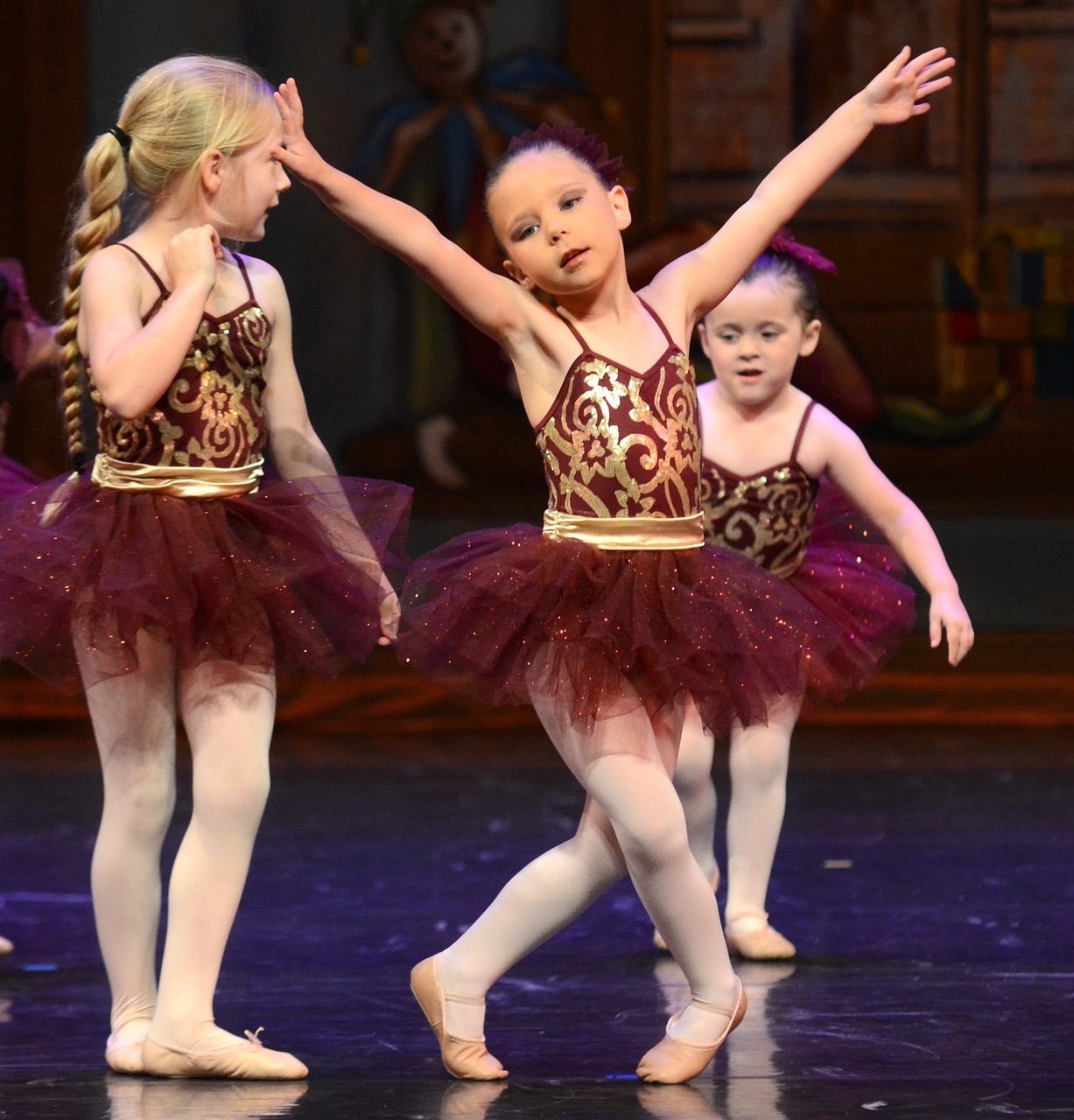
Photo Credit Pixbay.Com.
All Children, Including Those with Learning Disabilities, Benefit from the Arts by Lillian Brooks explains how all children can benefit from increased exposure to the arts. This article also contains a number of links to first-rate resources to help parents and educators bring more of the arts to homes and classrooms.
Introduction
- Kids with learning disabilities often struggle with reading, writing, and math — their frustrations lead to feelings of inadequacy and defeat. Educators continually develop new methods and technologies to help their students master literacy and math skills, but the arts also play a very important role in helping kids learn and grow.
- Drawing, painting, music, dance, crafts, and textile arts require complex thinking and problem-solving. Artistic activities build confidence and self-expression. Tools such as a paintbrush, sewing machine, guitar, or yarn allow kids to express themselves while providing innumerable chances to learn, practice, and master new skills.
Learning Styles
- You know your child’s strengths, interests, and learning styles. And let’s face it: learning isn’t a one-size-fits-all proposition, so it’s important to know what works. Visual learners use charts, graphs, pictures to visualize relationships between ideas and concepts. These learners do well with the visual arts. However, it’s all about sound with auditory learners; they pick up knowledge by listening rather than learning through reading or visual displays. These kids love creating and listening to music.
- Young authors and readers, meanwhile, love to interact with texts, employing writing and reading to work things out. Knowledge springs to life through words, rather than images or sound. Kids who learn by doing are all about hands-on, experiential learning. These perpetual motion kids thrive in drama, dance, and crafts.
Invite Your Child to Explore the Arts
- While your student’s school probably uses a combination of technology, occupational therapy, classroom modifications, lesson adaptations and differentiation, multi-sensory teaching methods, and more to help students with learning disabilities to succeed, you can also foster a love of learning at home while also building up your child’s self-confidence.
Learn Through Art
- Bring the arts into your home. Create a hobby room or space in a spare room. Visit art museums, go to the theater, or sign him up for music or dance lessons.
- Drawing and painting teach about shapes, contracts, boundaries, spatial relationships, size, and other mathematical concepts. Break processes into small steps. Use YouTube to find drawing or painting tutorials for you and your children to try together. If your child also has ADD/ADHD, mix up the drawing or painting with time to get up and work the wiggles out.
- Crafting allows kids to explore concepts, explore their ideas in two and three-dimensional ways, troubleshoot, and problem-solve. Create a hobby room or space stocked with supplies such as clay, chalk, paper, scissors, glue, and other items, then let your child channel her inner Picasso. If you like to sew, help your child create his own project, like a patchwork pillow for his bed or a simple new dress for her doll. Experts say that while kids can learn to sew any time, age 6 and 9 is the “sweet spot.” If you need help getting started, there are online guides to help you out.
Museums and More
- Take your child to an art museum. Many museums also include galleries that invite children to interact with the art. Talk about the art, bring along sketchbooks and pencils, and try to recreate or draw inspiration from your favorite pictures.
- Music teaches kids about rhythm, sound, pitch—great for improving phoneme recognition for reading or using repetitive, rhythmic and mnemonic songs to memorize academic facts more easily. Studies show that music helps with language skills, improves literacy, and even boosts a person’s IQ! Take your little person to hear an orchestra—many communities feature musical programming specifically targeted for kids and families.
- Dancing develops motor control, counting, and directionality, which experts say, help kids better grasp reading and writing concepts. Experts say that less-verbal children can more easily express their opinions, emotions, and feelings through dance.
Get Them to the Stage and On Stage
- Play-acting and theater allow kids to put themselves in someone else’s shoes, give them ownership of what they’re learning, and a way to express that knowledge. Take your children to the theater. Experts agree that theater “stimulates creative imagination. It doesn’t have to be Broadway; many local colleges have excellent (and less expensive) theater programs.
- Use the arts to nurture your child’s strengths, grow curiosity, and cultivate a lifelong learner. The arts include a diverse world of learning styles and creative expression and often create a more level playing field for kids who learn equally well — just differently.
Lillian Brooks
- Lillian is the founder of learningdissabilities.info. For years, Lillian worked as a special education teacher with a focus on teaching children with learning disabilities. She created learningdissabilities.info to offer information and understanding to parents of children with learning disabilities, as well as adults who are in need of continued support in order to succeed. She is located in Baltimore, Maryland.
DrDougGreen.com If you like the summary, buy the book





